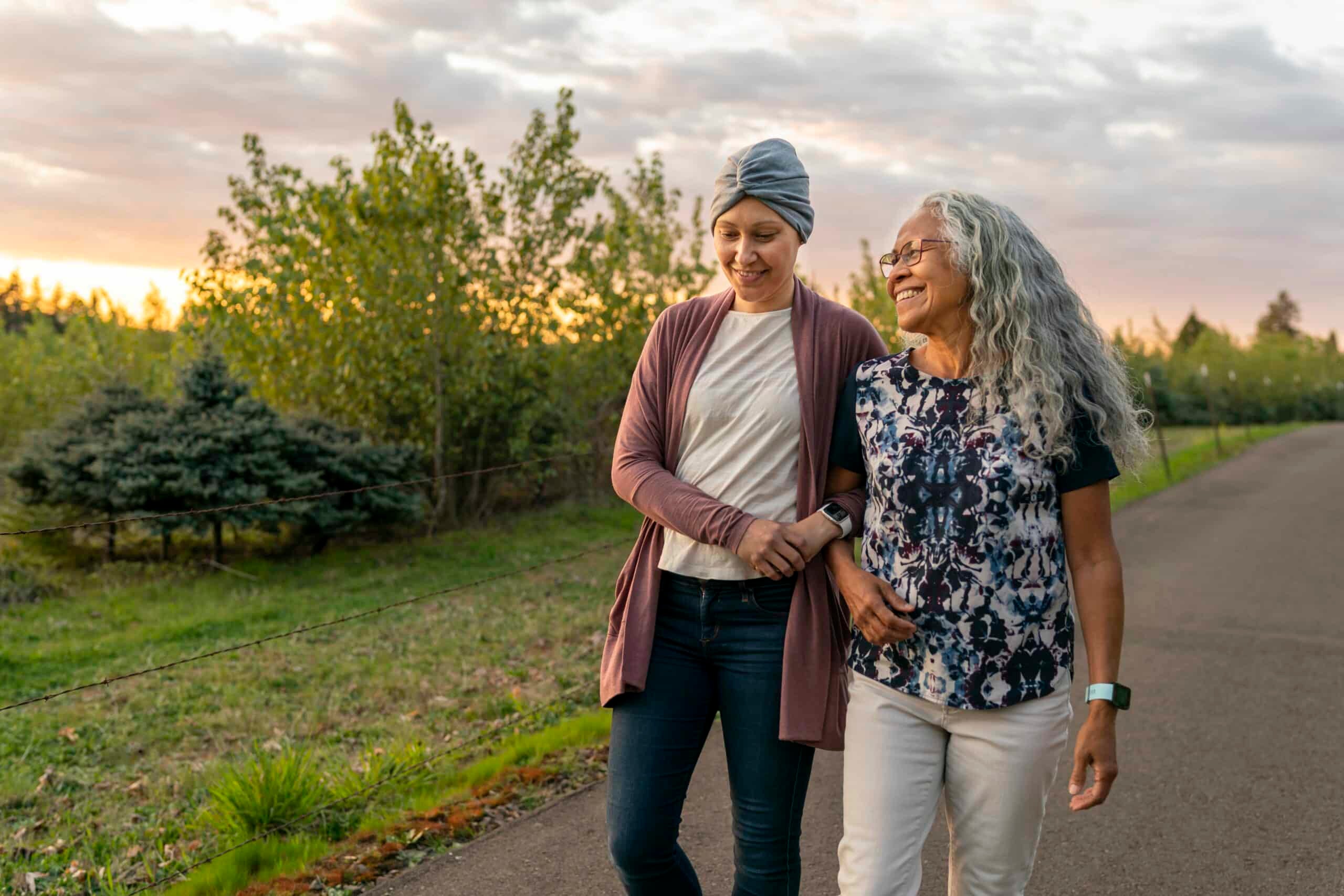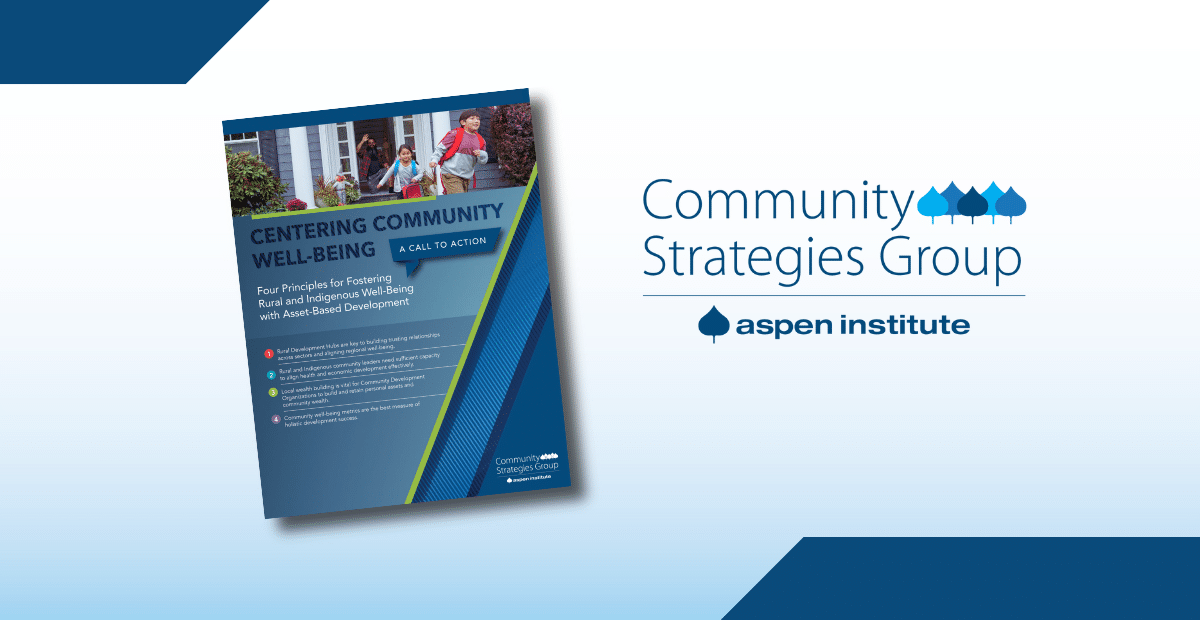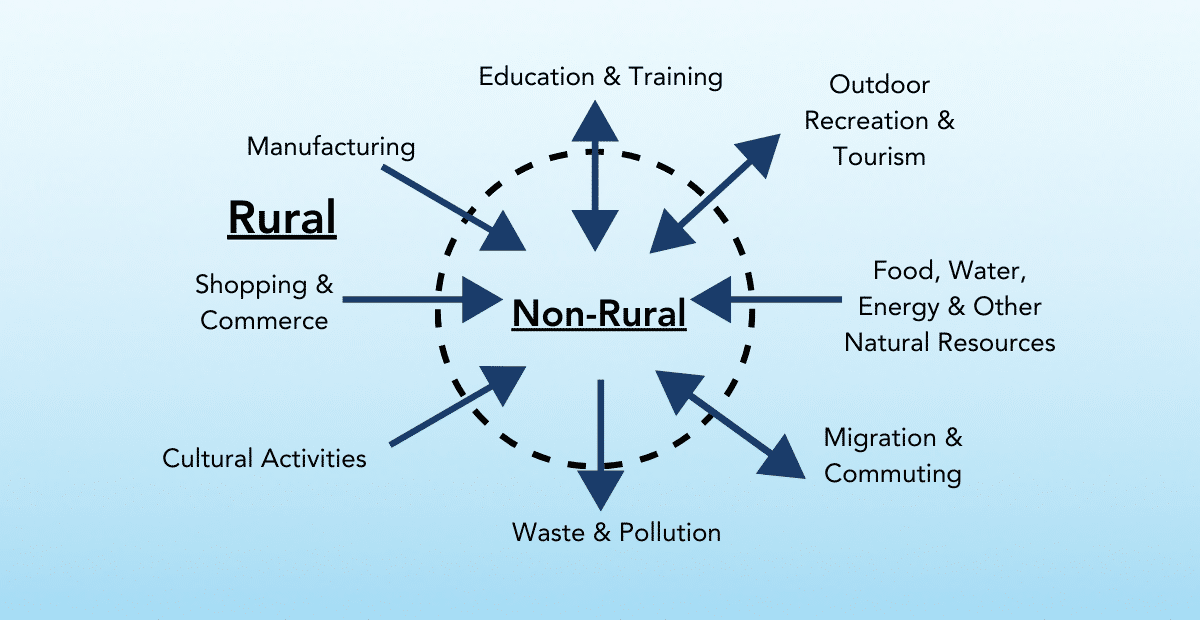Rural America’s health equity is inseparable from its economic well-being, and aligning these two crucial fields is essential for achieving true rural prosperity. The people who know this best are rural residents, who historically have been asked to forego one to achieve the other.
To guide local, regional and federal efforts in supporting equitable rural prosperity, the Aspen Institute Community Strategies Group facilitated conversations with 29 practitioners, advocates and innovators from rural and Indigenous communities. Our resulting report synthesizes these participants’ insights and provides a road map for government, philanthropy and practitioners to work collaboratively. It highlights three principles that can drive rural equitable development with a focus on fair and just outcomes, especially for communities and people affected by historical and ongoing structural discrimination:
Principle 1: Recognize interconnected goals. Rural health and economic development are intertwined; however, these efforts are often viewed as distinct, which hinders progress. For example, medical providers are frequently anchor employers and economic engines in rural communities, but leaders of those institutions primarily focus on health when they need to acknowledge their dual roles in both health and development.
We can address this division by creating a shared understanding of goals and working toward rural prosperity. There is a language barrier that exists between rural health and development. We need to increase respect on both sides.
Conversations with participants underscored the importance of deep listening, building trust and acknowledging historical injustices. Developers need to consider social geography — such as the distribution of resources and opportunities in an area, along with who has access — and take a community-based view on economic development and health.
Principle 2: Align systems and structures. Even when goals align, systems and structures in health and economic development often operate independently, leading to inefficiencies. Cross-sector collaboration will create stronger initiatives. Funding mechanisms should also support shared planning processes and outcomes.
For example, funding agencies could reward and require reporting on metrics that cross fields, which could have a unifying impact if implemented thoughtfully. Another recommendation is to change federal cost overhead reporting mechanisms that financially penalize hospitals for community-based programming, such as child care; Birth to 3 programs for children with developmental disabilities or delays, which may include speech therapy, physical therapy and other types of services; and Meals on Wheels. We need to encourage the health-care sector to engage with the local economy; promoting public-private partnerships and aligning state trends in health and economic development policies are crucial steps.
Principle 3: Follow community leadership. Keeping community members’ perspectives centered is essential for rural equitable development. Community-led projects grounded in local assets and awareness of exclusionary histories are key to success. Rural Development Hubs can play a pivotal role in connecting rural communities and new resources; these organizations work hand-in-glove with people and organizations across a region to build inclusive wealth, increase local capacity, and create opportunities to improve livelihoods, health, and well-being. By investing in local capacity, including leadership and community organizations, we can truly bring about equitable rural prosperity.
Government agencies can help address rural capacity challenges by making grant processes accessible and/or providing technical assistance for rural communities and Native nations. They might consider partnering with higher education to help communities navigate and take advantage of funding opportunities. Another recommendation is for government to invest in capacity-building initiatives to enhance the skills, knowledge, and resources available to rural development and health leaders. This can involve providing training programs, technical assistance, and mentorship opportunities that support the development of expertise in areas such as community engagement and policy advocacy.
Aligning health and economic well-being is not just a strategy; it is a vision for creating strong rural communities where every individual belongs, lives with dignity, and thrives. We can foster lasting change by recognizing the interconnectedness of rural health and development, aligning systems, and following community leadership.
Originally published in Governing.







